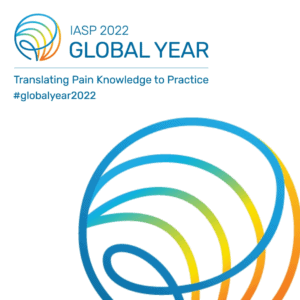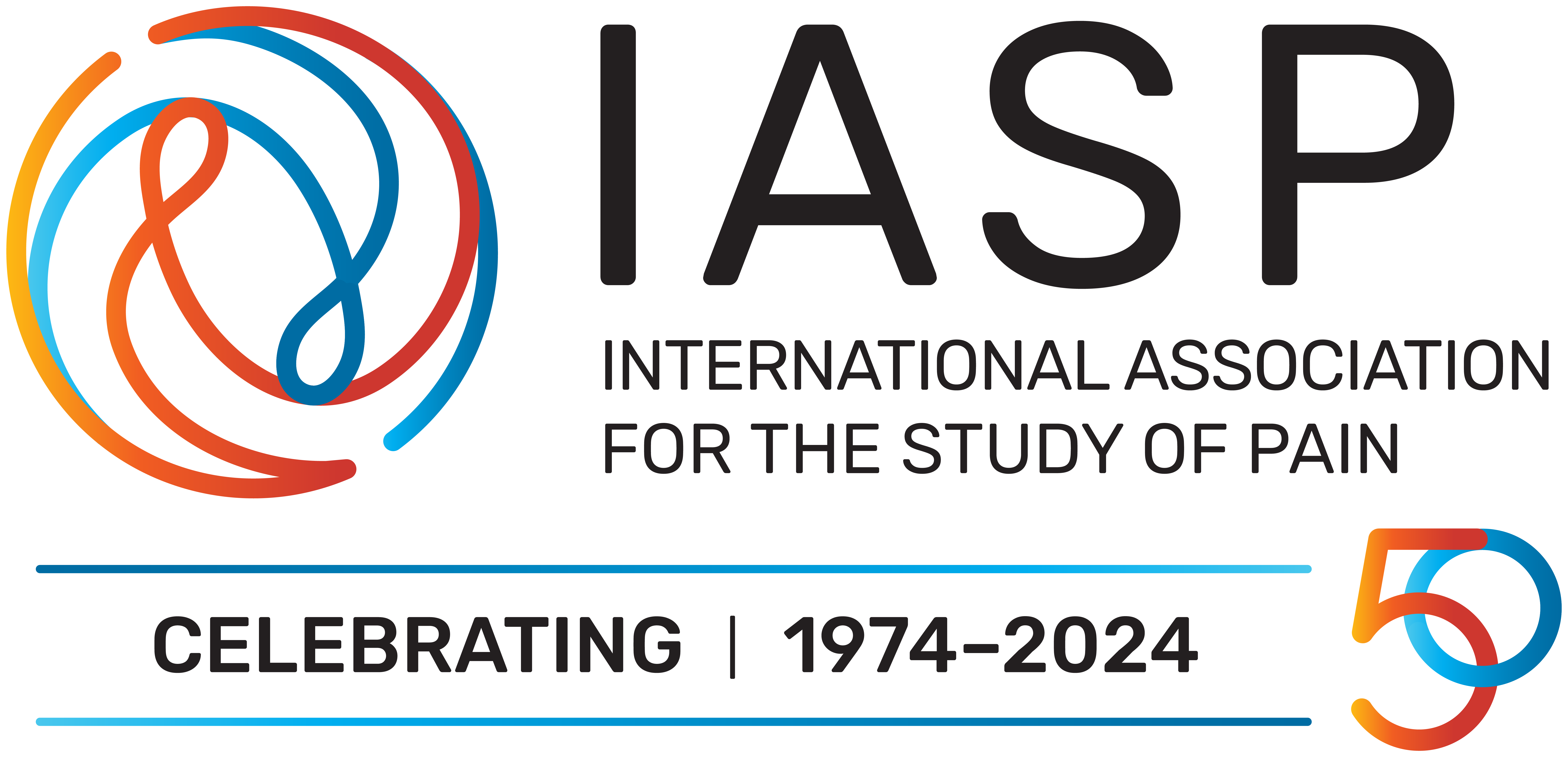- Anniversary/History
- Membership
- Publications
- Resources
- Education
- Events
- Outreach
- Careers
- About
- For Pain Patients and Professionals
Skip to content
Papers of the Week
The Operant Plantar Thermal Assay: A Novel Device for Assessing Thermal Pain Tolerance in Mice.
Authors
Abstract
Pain is a multi-dimensional experience of sensory-discriminative, cognitive, and affective processes; however, current basic research methods rely heavily on response to threshold stimuli, bypassing the supraspinal processing that ultimately gives rise to the pain experience. We developed the Operant Planter Thermal Assay (OPTA), which utilizes a novel, conflict-based operant task requiring evaluation and active decision making to obtain reward under thermally aversive conditions to quantify thermal pain tolerance. In baseline measures, male and female mice exhibited similar temperature preferences, however in the OPTA, female mice exhibited greater temperature-dependent tolerance, as defined by choice time spent in an adverse thermal condition to obtain reward. Increasing reward salience (4% vs 10% sucrose solution) led to increased thermal tolerance for males but not females. To determine whether neuropathic and inflammatory pain models alter thermal tolerance, animals with chronic constriction injury (CCI) or complete Freund's adjuvant (CFA), respectively, were tested in the OPTA. Surprisingly, neuropathic animals exhibited increased thermal tolerance, as shown by greater time spent in the reward zone in an adverse thermal condition, compared with sham animals. There was no effect of inflammation on thermal tolerance. Administration of clonidine in the CCI model led to increased thermal tolerance in both injured and sham animals. In contrast, the non-steroidal anti-inflammatory meloxicam was anti-hyperalgesic in the CFA model, but reduced thermal pain tolerance. These data support the feasibility of utilizing the OPTA to assess thermal pain tolerance to gain new insights into complex pain behaviors and to investigate novel aspects of analgesic efficacy. The translation of novel pain management techniques has been hindered, in part, by reliance on pre-clinical models that do not to measure the multi-dimensional experience of pain. Here we present a novel device and protocol to assess pain tolerance in the mouse. We show that pain tolerance is a dynamic behavior influenced by sex, that hypersensitivity does not necessarily predict pain tolerance, and that analgesics that reduce hypersensitivity may not enhance pain tolerance. This approach increases the capability to pursue new directions in basic pain research.

